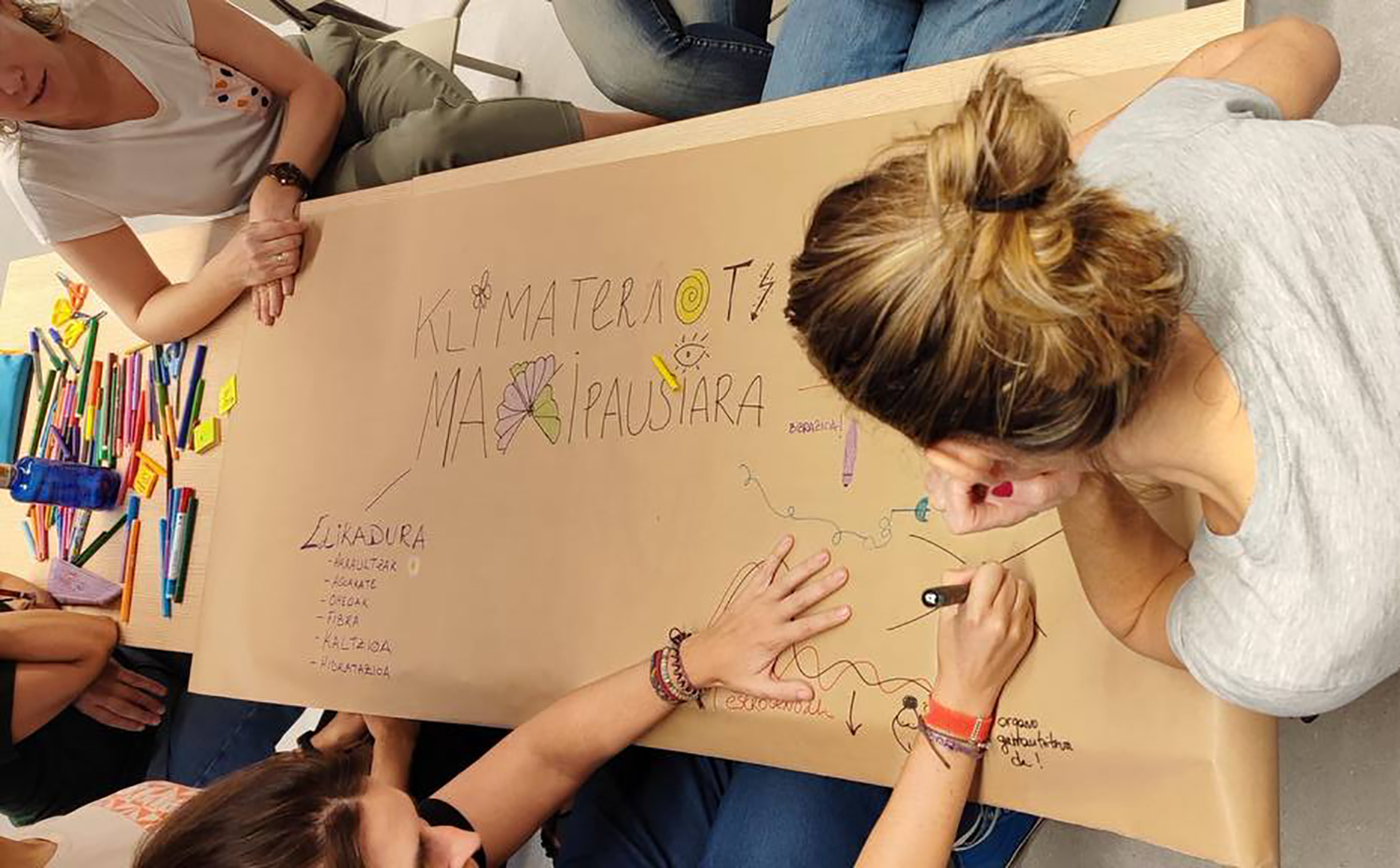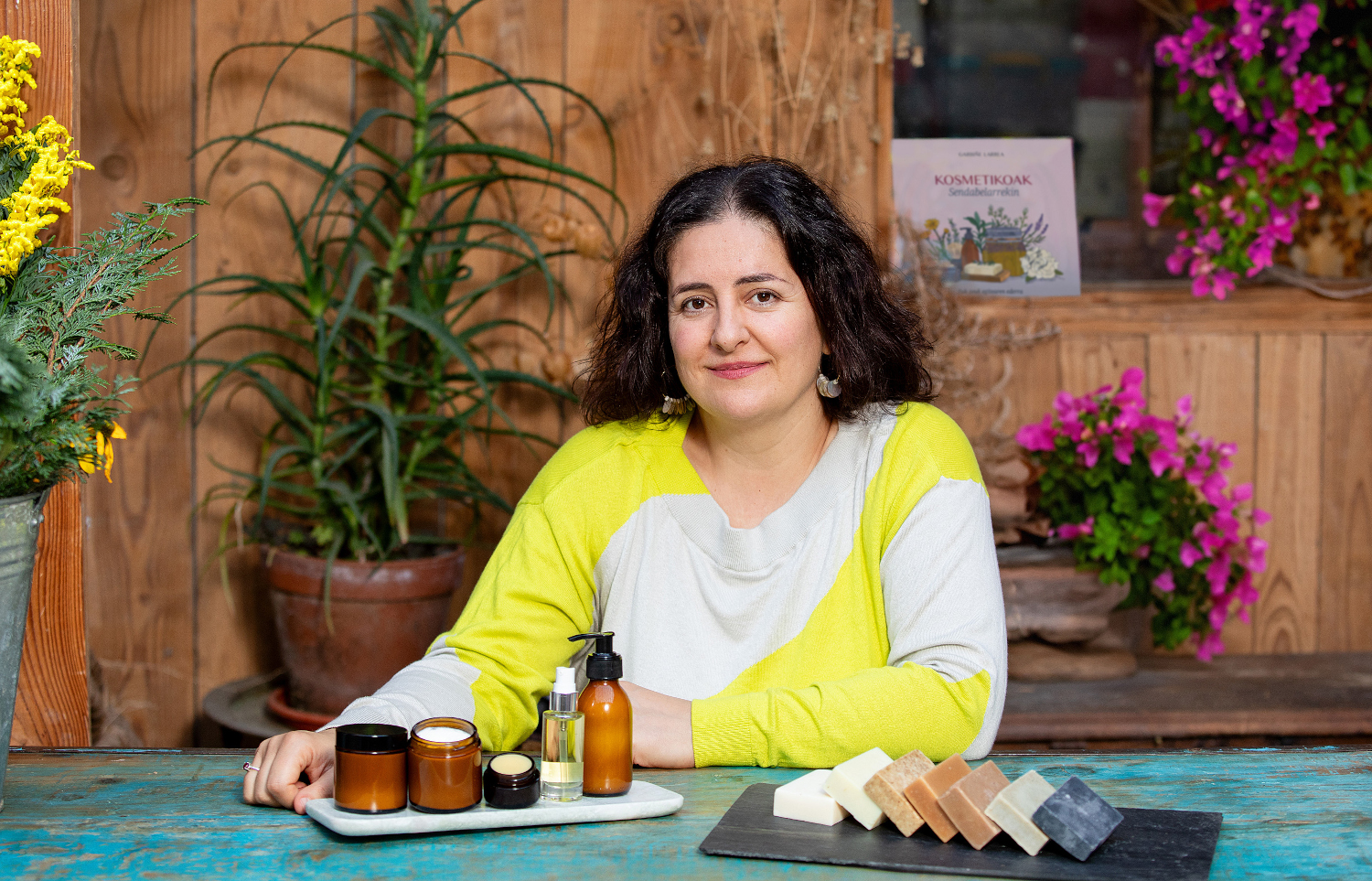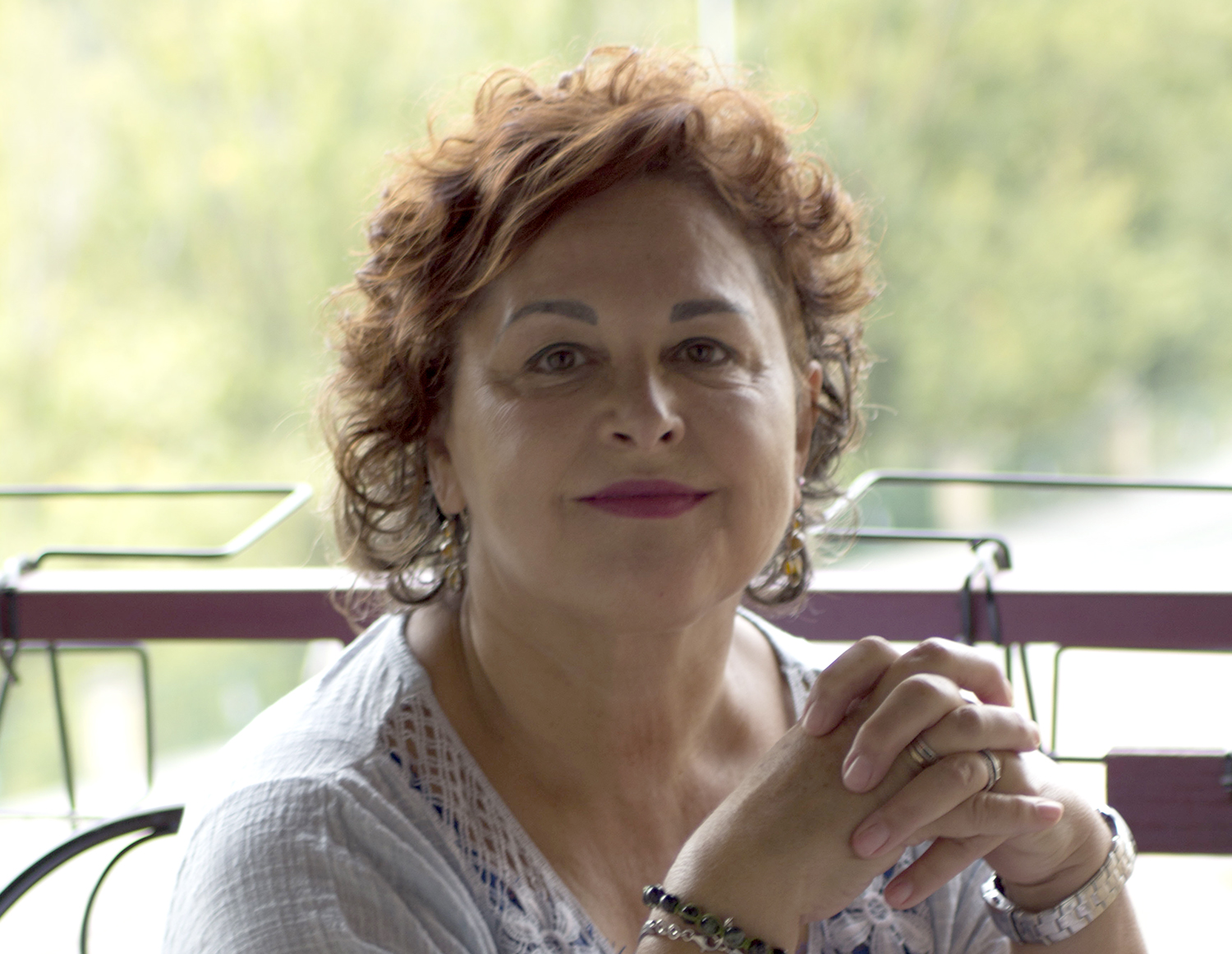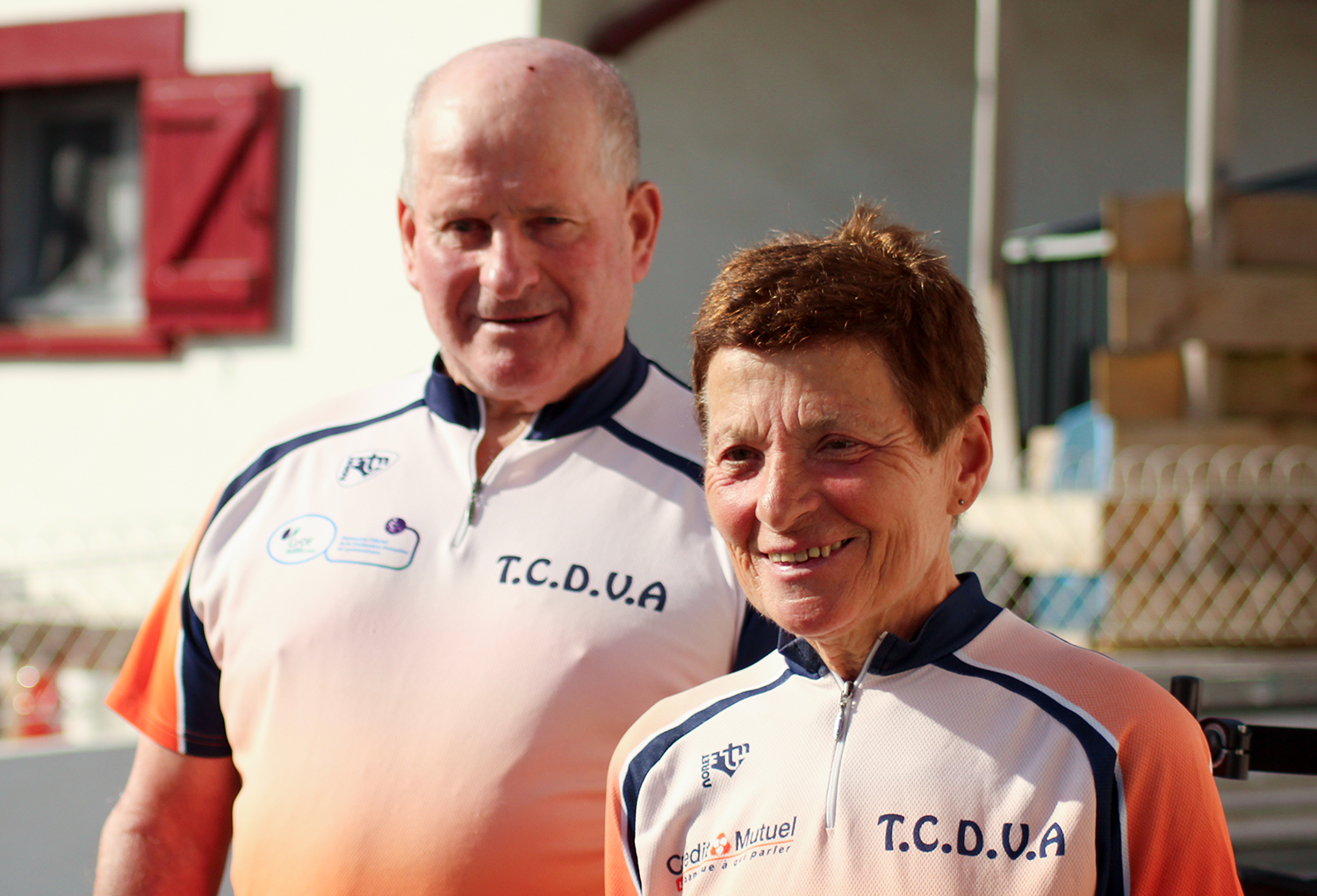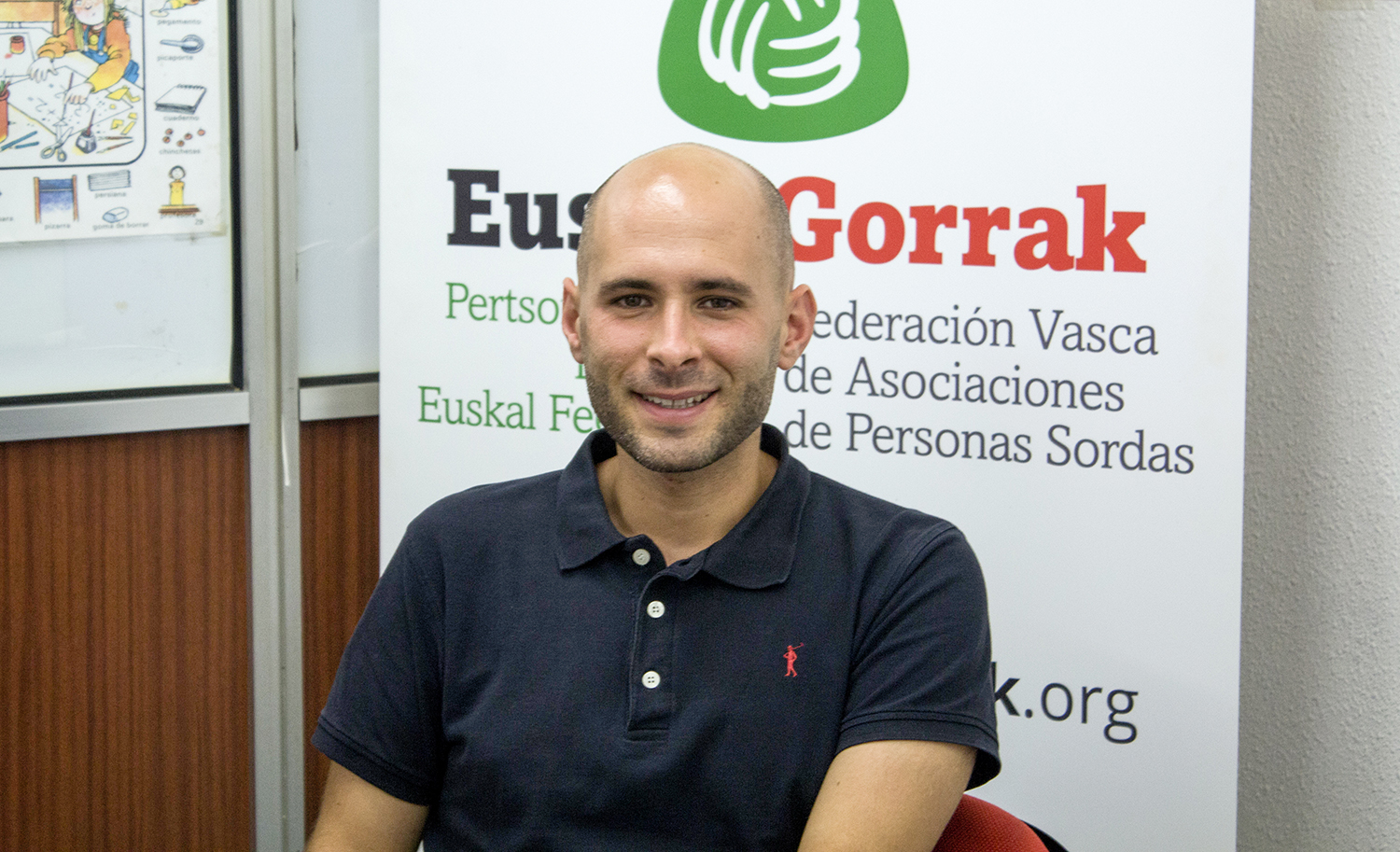Difficulty of easy solution
- The difficulty is many vague bodies. Society knows nothing, nor do friends and family hear it. It's an inability, but what is it? Eleven response routes to a single question. What is pleasure? What sexuality? What is a canalla? What were we doing? What health? What is the difficulty? What disability? The sexologist and an ermuarra psychologist Nahia Rojo Bustinduy tells us about vaginism and the world in which she lives.
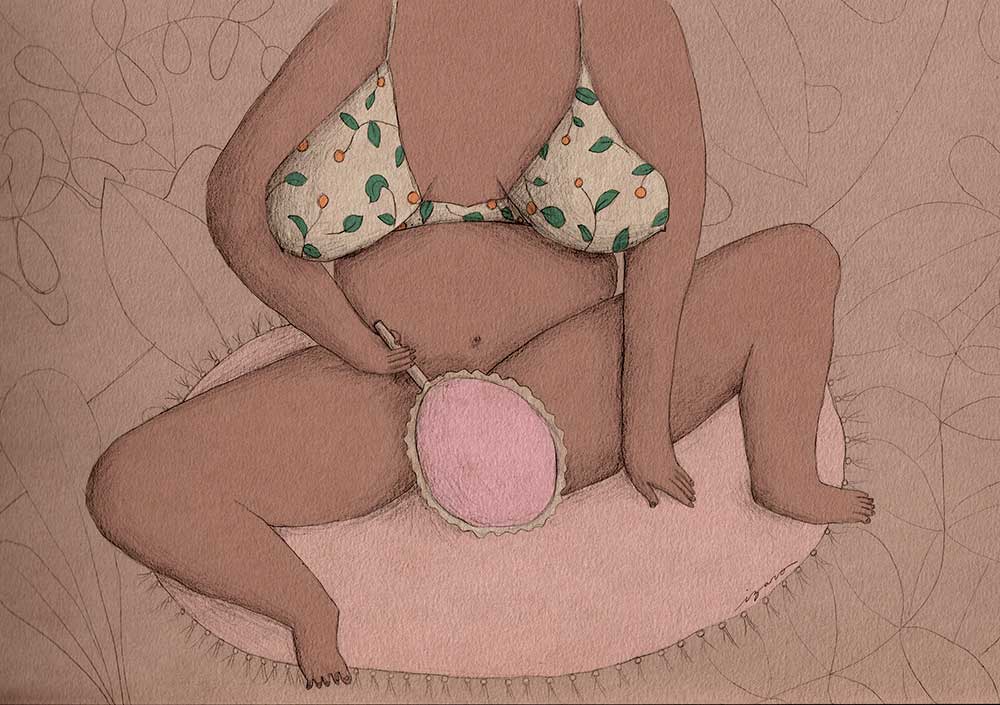
The vagina contracts, you can't put anything in: neither tampons, nor fingers, nor penises, nor dildos, nor nada.El pubic muscle contracts unexpectedly, building a kind of wall. Many physiotherapists define it as contracture. Pain and helplessness is what you feel when you introduce something, and that becomes a “problem.”
Rojo has assured that there is "a great lack of knowledge" about the body of women in Basque society. Vaginism, for example, is a very common difficulty among women, as about 15% of the people who come to the consultation come close by it. “It’s one of the most common, but also the most silent,” the expert explains. “A lot of work needs to be done on sex education. There's not much talk about vaginism in friends. That silence leads them to start therapy.” But, “fortunately,” he said that in the face of this problem the results are very good, as almost all, “not to say all,” overcome it. “You just have to disassemble what you’ve learned and start again, along with some exercises, of course.”
Sex education in the first place
Red and the working team have called wishes for the project that they have in their hands. In addition to the consultations in Bilbao and Ermua, they are responsible for sexual education in schools, families and teachers. “Before the children and adolescents of today, do not draw the jewel, nor teach photos,” he says ironically. In fact, it is the screams, the faces of disgust and the backs that are shown when talking about the avalanche, for dirty and negative. “It’s amazing that boys sometimes get to know the fuck better than girls. How is it possible not to know something that we can see every day? Not knowing how to draw? Don't want to see it? It's not even a question of hair. What's going on with the hair? Teenagers aren't used to this because they don't see what they see. Their sexual reference is porn and they make an inadequate representation.”
She believes that this work is also the empowerment of women, as it allows them to feel and enjoy a part of their body: “It’s a part of your body, a nice part. You will surely know, play, learn, enjoy and be reassured.” He has also pointed out that the activity of many sexologists is limited, leaving out many things: “Our team has something in common, which we see sexuality and gender very united. Our job is not just to teach a condom.” He has then reported that some of the latest statistics indicate that condom use has been reduced, which is because it is not known whether a condom is given: “In the case of girls, wearing condoms on top is associated with being “strawberry”, and boys are asked to be always prepared. That is what current society says. And to that must be added the myths and beliefs.”
Ignorance, insufficient knowledge or poor experience can be the reasons to start suffering from vaginism.
Let's talk about the allude
“So let’s talk about allude,” he says. “It’s a stupid part of the vagina. It consists of two paragraphs: The first one measures between 3 and 4 centimeters, the one outside, and the other 8 the one inside. The latter is as anesthetized, because we don’t have sensitivity inside the vagina, so we don’t feel anything when we put a tampon.” Knowing Alua will therefore be the first step to the solution: how it is, what the parts are, how much it measures, where the vagina is and what its function is, among other things. To do this, it is advisable to take a mirror: “Seeing the penis is easy, looking and there it is, those of us who have the vagina have to make an effort, but it is necessary to know it.”
He adds that the pace of overcoming this difficulty will be marked by the person himself, but some of the steps proposed are to draw the grain, to look at it in the mirror, touch it, to cast it lubricant, to play, to look for clitoris, not to touch the finger at the beginning, to go the tip gradually, etc. “It’s about getting closer to the moment of the onset of disability.”
.jpg)
Physically and psychologically
Today, the sexologist tells us that many physiotherapists have started working on the pelvic floor and are doing a “great job.” It considered it essential that experts share knowledge and collaborate in the sharing of new technologies. In fact, there are also experts who have little knowledge about this issue: “There have been cases where gynecologists have finished inserting their working tool into the vagina and then sent the patient to the psychologist. We, however, always recommend going to the gynecologist before starting therapy.”
In the face of this problem, the work of the sexologists is both physical and psychological, at least as it does Red: “We provide physical work tools and send housework, but we also talk about it. Working only the physical part is sometimes not enough. Sometimes you get the dilator in, you even put a bottle in, but when they're in an erotic relationship, the wall will close again. It's important to know why that happens to you, from when, why you care, why you block yourself, etc. You have to work the two sides to enjoy the whole body again, because pleasure is in the whole body.”
Close walls, open windows
When we talk about vaginism, we mean sexuality at all times. The impossibility of meeting the expectations of this mystified coitocentrist practice generates discomfort: “Penetration is the center of the universe.” Vaginism, however, emphasizes that many women have been opened up with many windows: “Inaccessibility has opened up many possibilities for developing other sexual practices. Leaving this coitocentric world leads us to displace and discover the focus. Once an older woman told me that it was a great freedom for her to have problems with her partner, that she had been opened up to a world. With vaginism, something like this can happen. At the moment we can’t do this practice, let’s enjoy it in a thousand other ways.”
Many are dedicated to spending their whole lives with vaginism, maintaining enjoyable sex without entering. “The children come to the consultation when they want,” he says. On the other hand, he has quoted those who have returned after facing the difficulty asking whether it was for so much: “Is this all? I used to enjoy more. And I remind you that there is no sensitivity inside the vagina.”
Disability, however, has a desire to do so independently. “Sometimes we sexologists are guayos, we tend to downplay penetration and push other things, but if what is needed at that time is penetration, we support them.” Once this has been overcome, it must be understood that this is a different practice. From there it is in everyone’s hands to seek pleasure.”












